It divides opinion throughout the world of therapy yet major organisations like NASA and Chelsea FC have been using it for years.
Neurofeedback is a controversial method of therapy that aims to restore a balance and sharpen the minds of those who take part.
It is a process that’s been around since the 1950s yet many therapists are sceptical about its results.
Now Kedras Clinics in Perth is offering the service – which involves electrodes being attached to the scalp.
We decided to put it to the test.
Infra low neurofeedback
Neurofeedback taps into the brain’s ability to self-regulate.
It uses software to convert minute electrical brain signals, measured via electrodes attached to the scalp, into sounds, images or videos.
These signals are then played to the participant through televised animation.
The founder of Kedras Clinics, Dr Dawn Harris said: “Like an ECG reads your heart waves, EEG reads your brain waves.
“Through this process we can learn to control our brain wave activity by changing the picture, sounds or vibration, leading to the brain establishing a more stable pattern of functioning.
“By tapping into the brains inherent ability to heal we in turn find our symptoms reducing very fast as our brains regulate.”
The methodology takes into consideration each person’s individual needs.
From mental and physical health to emotional performance, each neurofeedback session is different. There is no “one size fits all” approach.
A dive into neurofeedback
To get a feel for the process I felt it necessary to take part myself.
After an in-depth briefing on the treatment from Dr Harris I was positioned in front of a large screen and had three electrodes placed on my head.
Due to my limited exposure time with the clinicien I was given a whistlestop experience of what a full programme can offer as to avoid any potential side effects.
Firstly I was asked how I was feeling. I replied ‘slightly nervous’, my natural state whilst conducting interviews of a complex nature but in relatively fine fettle otherwise.
Following the first run through I was asked how I felt once more. This this time I felt a little tired, with an ache in my back.
The currents were adjusted and the pain began to disperse, much to my surprise.
I was told that the pain could have been stress related and that following the feedback from the electrodes my brain altered itself and corrected it.
The verdict
After the final bought, the best way I could describe my feeling was normal. I was alert and had a clear vision of how I wanted to pencil together my article. Something I didn’t have before I undertook the process.
It was as if a fog had lifted.
I have taken part in traditional methods of therapy in the past and this was certainly less invasive.
That night I had the best sleep I’d had in months, leaving me far less sceptical about the merits of such treatment.
Future of Kedras Clinics
According to Dr Harris her fellow therapists are slightly reluctant to embrace these new methods of therapy.
“In the UK it’s still not as mainstream as America or Europe, I am one of only three clinics that do it in Scotland.
“That’s why I am keen for people to understand the power of it.
“It can go across various domains and sectors, because it’s not just about treating people with mental health disorders.
“If you have difficulty in sports or have problems focusing, then neurofeedback can sharpen your mind.”
This method is being used by several high profile organisations such as Chelsea FC, NASA and the US Special Forces.
Following the high demand for appointments at the Perth site, Kedras Clinics will be expanding into Edinburgh early this year.
The ultimate goal of the business is to have 10 clinics across Scotland.
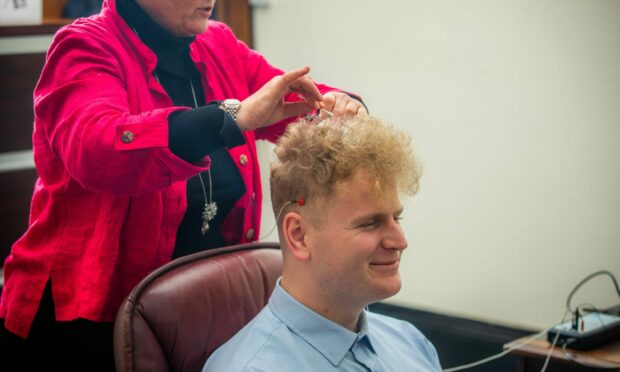




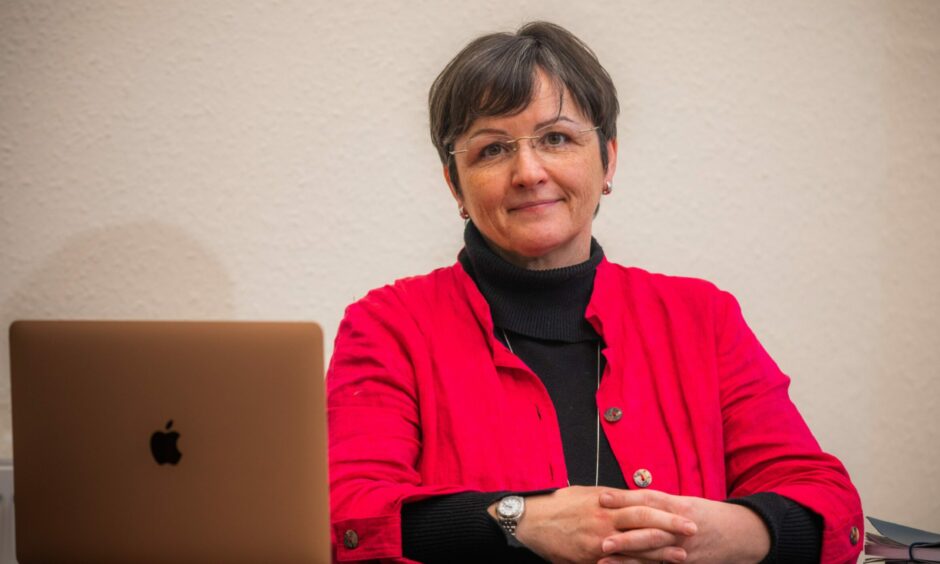

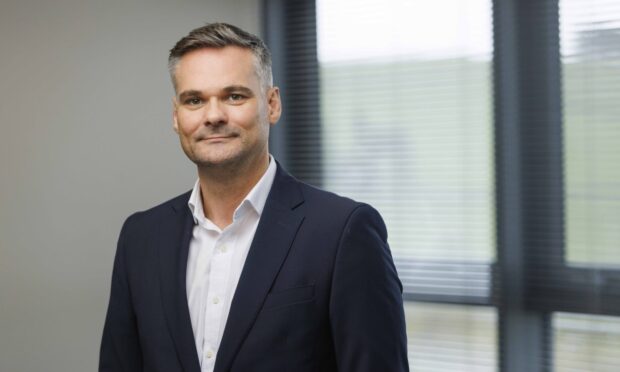
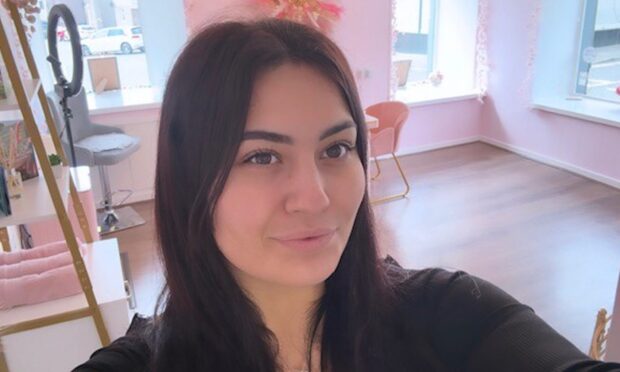
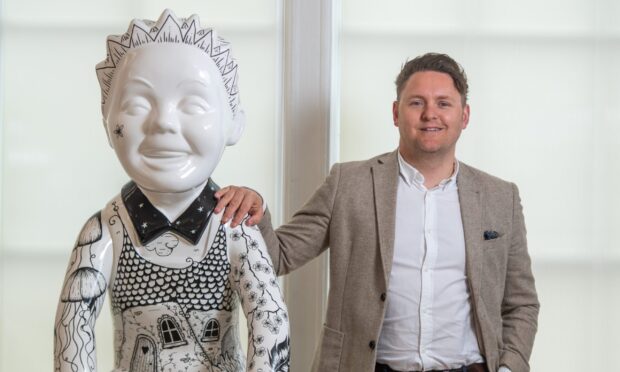
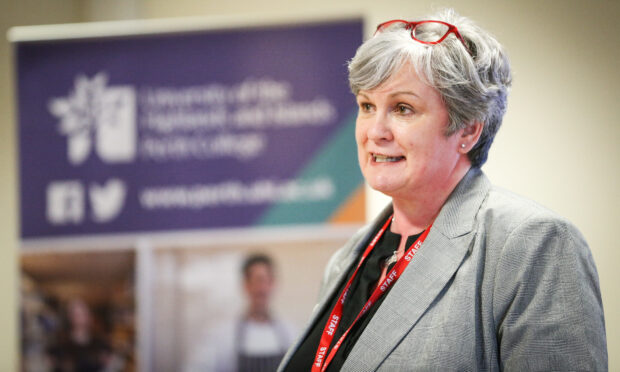
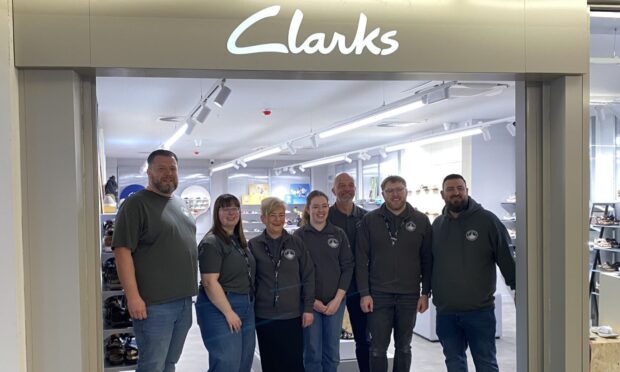
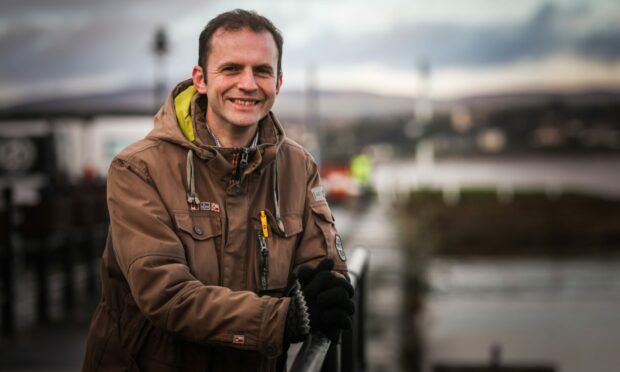

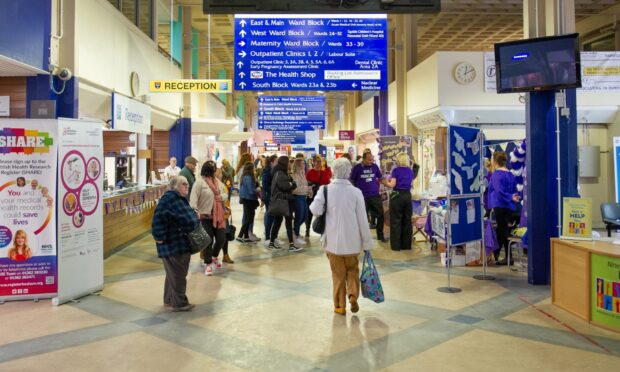

Conversation